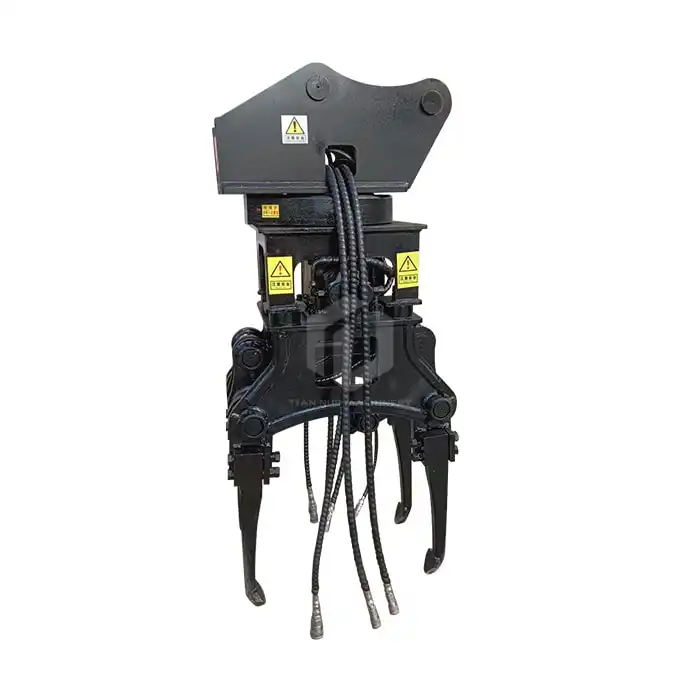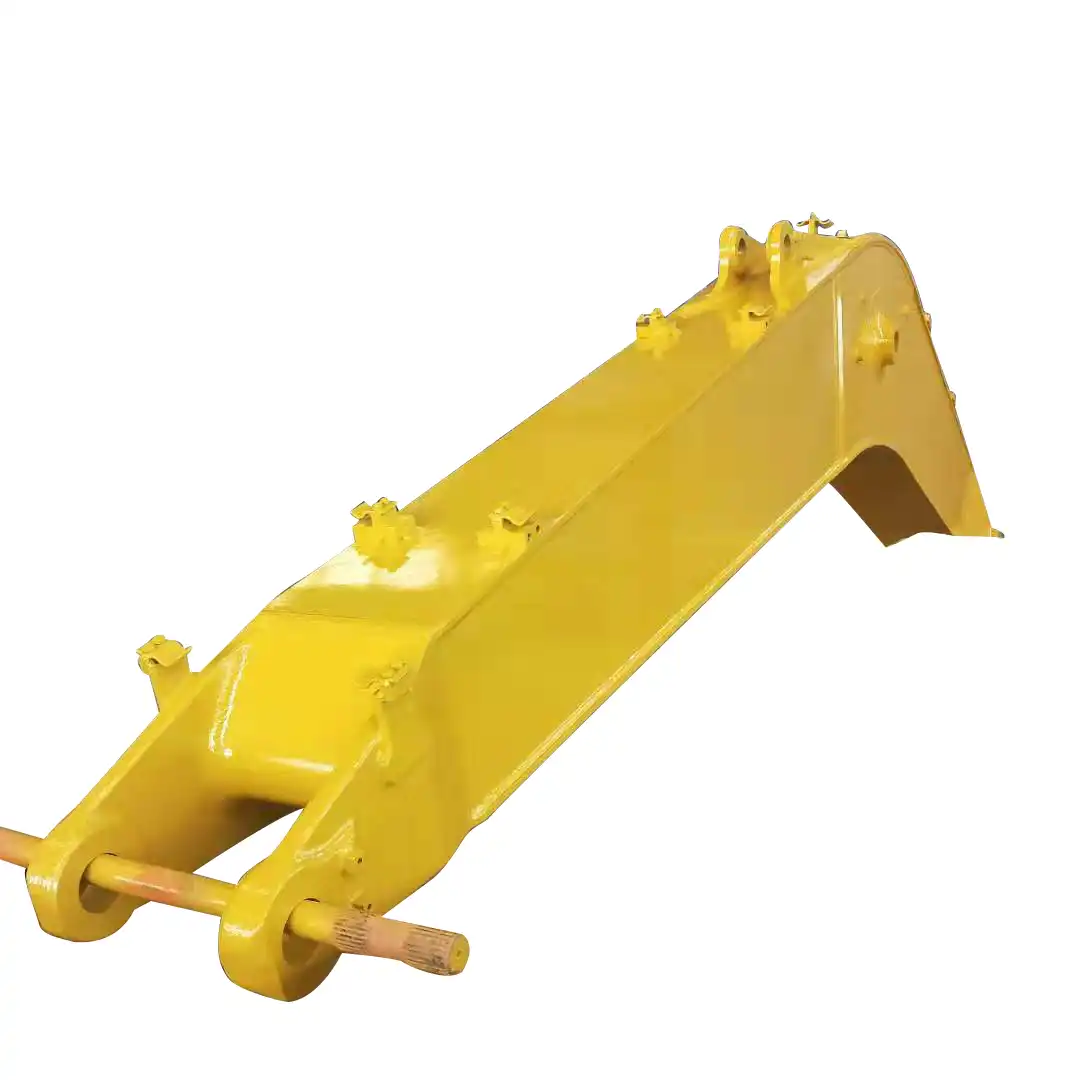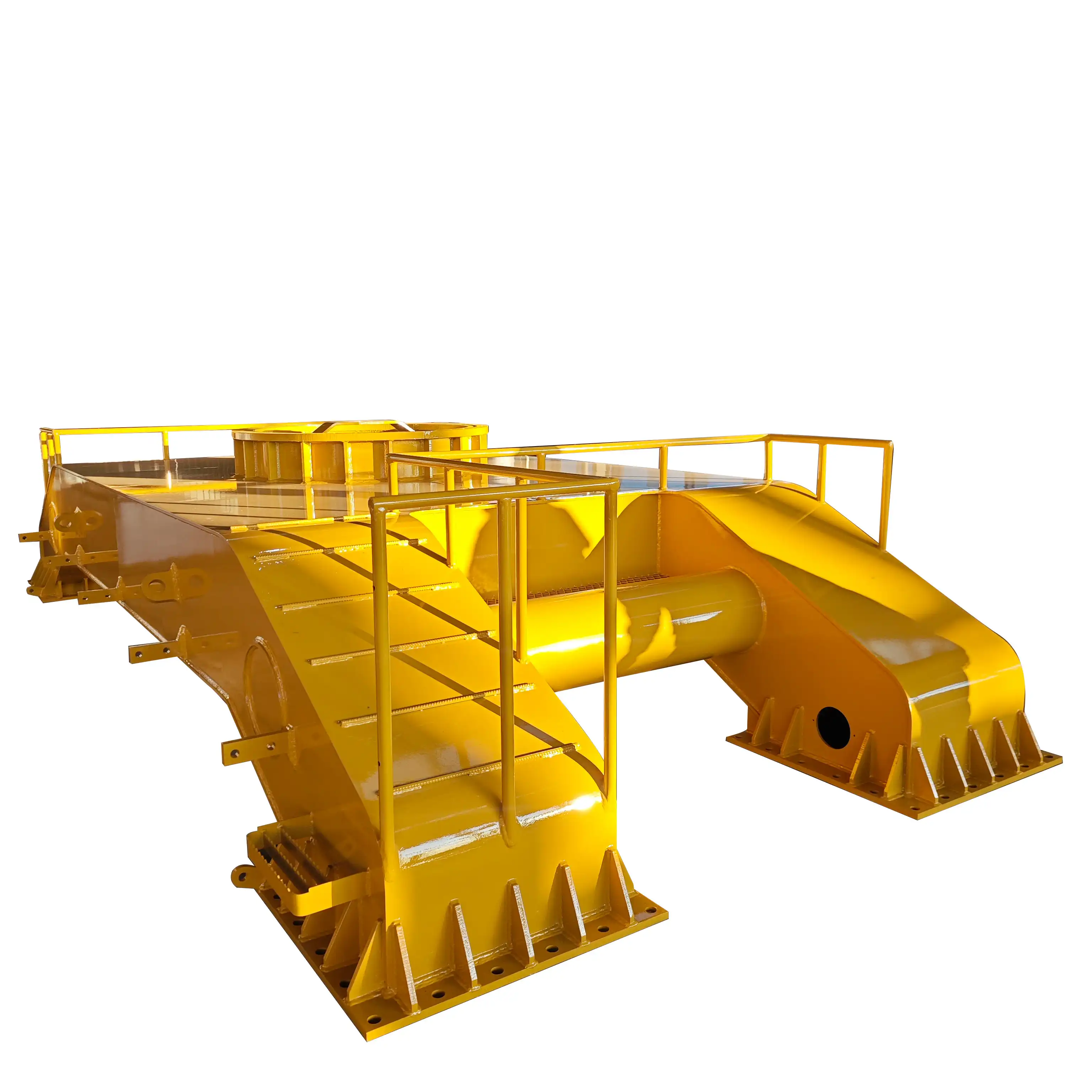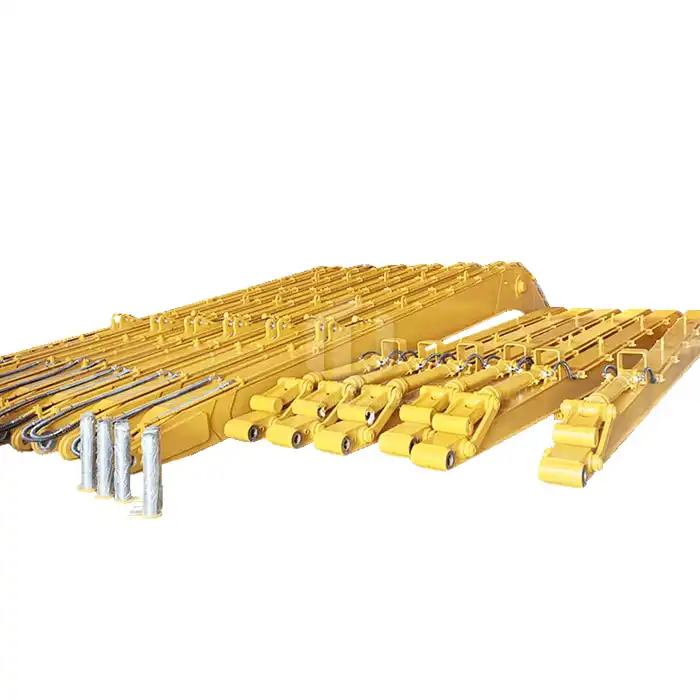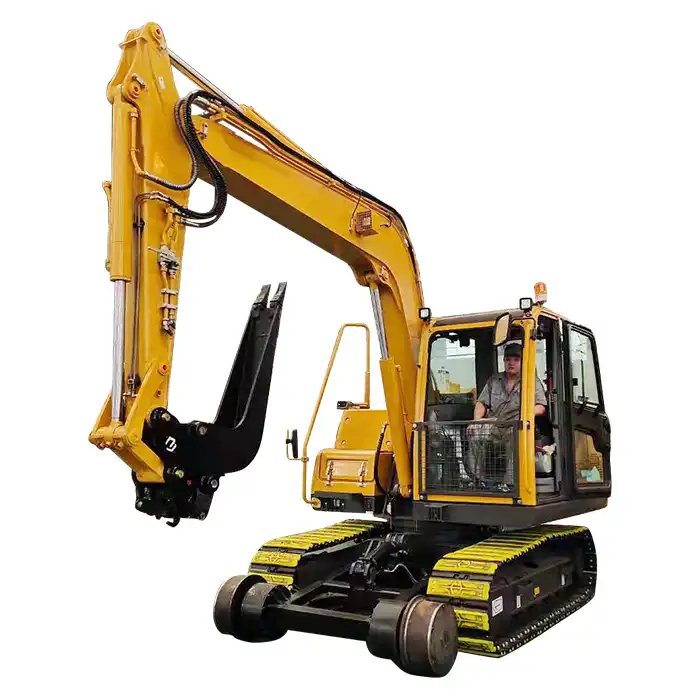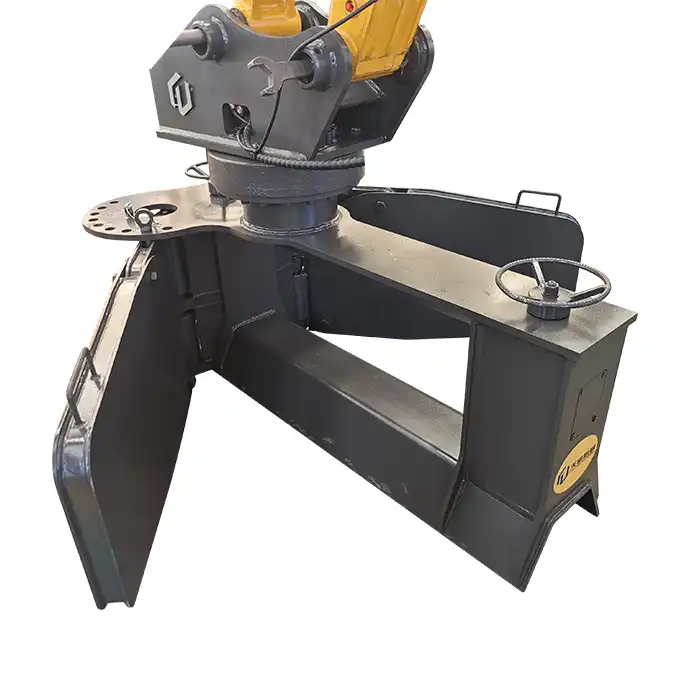Can the power wheel of the railway sleeper changer be converted to freewheel mode?
A common question that arises among railway maintenance professionals is whether the power wheel of a railway sleeper changer can be converted to freewheel mode. This article will explore this question in detail, discussing the function of the power wheel, the concept of freewheel mode, and its practical applications in railway maintenance.

What Is the Function of the Power Wheel in a Railway Sleeper Changer?
The power wheel is a crucial component of a railway sleeper changer, playing a vital role in its operation and mobility. Its primary functions include:
- Propulsion: The power wheel provides the necessary force to move the railway sleeper changer along the tracks. This is essential for positioning the machine at the exact location where sleeper replacement is required.
- Stability: During operation, the power wheel helps maintain the stability of the sleeper changer, ensuring precise and safe replacement of sleepers.
- Load Distribution: The power wheel assists in distributing the weight of the machine and its load evenly across the track, preventing damage to the rails and ensuring smooth operation.
- Traction: In varied terrain or weather conditions, the power wheel provides the necessary traction to keep the sleeper changer moving efficiently.
The power wheel's design and functionality are optimized for the specific requirements of railway maintenance work. Its ability to navigate both normal road surfaces and railway lines makes it an indispensable part of the sleeper changer.
How Does Freewheel Mode Work in Engineering Machinery?
Freewheel mode, also known as neutral gear or disengaged mode, is a feature found in various types of engineering machinery, including some models of railway sleeper changers. In freewheel mode, the power transmission between the engine and the wheels is disengaged, allowing the wheels to rotate freely without resistance from the engine.
The mechanics of freewheel mode typically involve:
- Clutch Disengagement: The clutch, which normally connects the engine to the transmission, is disengaged.
- Gear Neutralization: The gears in the transmission are set to a neutral position, preventing power transfer from the engine to the wheels.
- Wheel Independence: With the power transmission disengaged, the wheels can rotate independently of the engine's operation.
In the context of a railway sleeper changer, the ability to convert the power wheel to freewheel mode can offer several advantages:
- Increased Maneuverability: Freewheel mode allows for easier movement of the machine when it's not under its own power, such as during transport or repositioning.
- Reduced Wear and Tear: By disengaging the power transmission, freewheel mode can help reduce unnecessary wear on the engine and transmission components during non-operational movements.
- Energy Efficiency: In situations where the sleeper changer needs to be moved short distances without requiring full power, freewheel mode can be more energy-efficient.
- Safety: Freewheel mode can serve as an additional safety feature, allowing for manual control of the machine's movement in certain situations.
Practical Applications: When to Use Freewheel Mode in Railway Maintenance?
The ability to convert the power wheel of a railway sleeper changer to freewheel mode can be beneficial in various scenarios encountered during railway maintenance operations. Some practical applications include:
- Transport and Relocation: When moving the railway sleeper changer between work sites or loading it onto a transport vehicle, freewheel mode allows for easier maneuverability without engaging the engine.
- Fine Positioning: In situations where precise positioning of the sleeper changer is required, freewheel mode can allow for manual adjustments without the need for engine power.
- Emergency Situations: In the event of an engine failure or other mechanical issues, freewheel mode can enable the sleeper changer to be moved to a safe location for repairs.
- Maintenance and Inspections: During routine maintenance or inspections of the sleeper changer, freewheel mode allows technicians to easily move or rotate the wheels as needed.
- Energy Conservation: For short movements or when working on slight inclines where gravity can assist movement, using freewheel mode can help conserve fuel and reduce unnecessary engine wear.
- Multi-Modal Operations: When transitioning between rail and road travel, freewheel mode can facilitate smoother transitions and reduce stress on the machine's components.
It's important to note that while freewheel mode offers these advantages, its use should always be in accordance with the manufacturer's guidelines and safety protocols. The specific capabilities and limitations of freewheel mode may vary depending on the model and design of the railway sleeper changer.
The railway sleeper changer's ability to operate in both powered and freewheel modes showcases its versatility in railway maintenance operations. This flexibility allows maintenance crews to adapt to various working conditions and requirements, ultimately enhancing efficiency and safety in railway infrastructure maintenance.
When considering the use of freewheel mode, it's crucial to take into account factors such as:
- Terrain: The gradient and condition of the track or surface where the sleeper changer is operating.
- Load: The weight of any materials or equipment being carried by the sleeper changer.
- Distance: The length of the movement required and whether it justifies switching to freewheel mode.
- Safety Considerations: The presence of any potential hazards or safety risks in the work area.
By carefully evaluating these factors, maintenance crews can make informed decisions about when and how to utilize the freewheel mode of their railway sleeper changer, maximizing its efficiency and effectiveness in railway maintenance operations.
Railway Sleeper Changer Quotation
The ability to convert the power wheel of a sleeper changer to freewheel mode is a valuable feature that enhances the versatility and efficiency of this essential piece of railway maintenance equipment. By understanding the function of the power wheel, the mechanics of freewheel mode, and its practical applications, railway maintenance professionals can optimize their use of sleeper changers in various operational scenarios.
If you are choosing your railway sleeper changer manufacturer whose product railway operation walking mode: Power wheel convertible freewheel mode. welcome to contact Our manager's email is arm@stnd-machinery.com and the team's emails are rich@stnd-machinery.com and tn@stnd-machinery.com.
References
- Railway Technology. (2021). "Railway Maintenance Equipment: An Overview."
- Engineering360. (2020). "Understanding Freewheel Mechanisms in Heavy Machinery."
- International Railway Journal. (2022). "Advancements in Railway Maintenance Equipment."
- Safety Science. (2019). "Safety Considerations in Railway Maintenance Operations."

